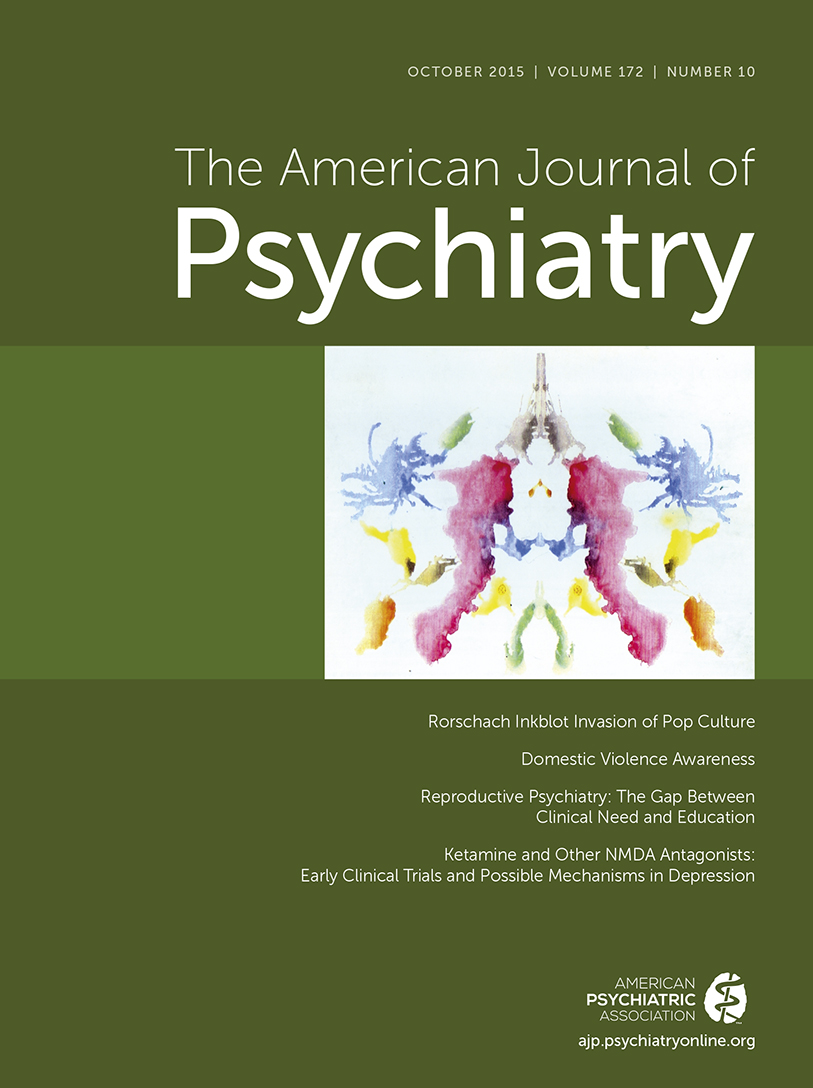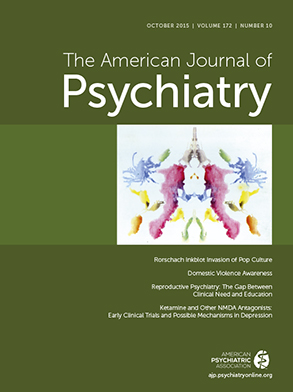Measurement-based care is by no means novel. In fact, for decades the regular measurement of both symptoms and side effects has been an integral component of all randomized controlled trials that establish the efficacy of antidepressant medications. Research clinicians, blind to treatment type, use both symptom and side effect measures to adjust and tailor the dosage to each patient, attempting to maximize the dosage and therapeutic effects, side effects permitting.
In the early 1990s, the Agency for Healthcare Policy and Research commissioned the development of clinical practice guidelines for the diagnosis and treatment of depression in primary care. These guidelines recommended the regular measurement of symptoms and side effects to manage depression because the evidence that supported the efficacy of both medications and psychotherapy was based on controlled trials that used these processes. These procedures, the authors reasoned, would serve to tailor the dosage to each patient, avoiding underdosing and severe side effects while maximizing individual benefit (
1).
Both the Texas Medication Algorithm Project (TMAP) (psychiatric outpatients) (
2,
3) and the German Algorithm Project (GAP) (psychiatric inpatients) (
4,
5) required clinicians to regularly assess symptoms and side effects and to consider dosage and medication changes at specified times during treatment based on these measurements. Both studies, however, combined these measurement-based care procedures with medication algorithms that included a varying range of medication options. These two-part interventions (measurement-based care procedures and the algorithms) were more effective than treatment as usual in both studies (
6,
7). Whether the benefit was due to the measurement-based care procedures per se, to medication differences, or to both was unknown.
The cleverly designed, blind-rater, 24-week, randomized, controlled, single-site trial that Dr. Guo and colleagues report in this issue (
8) was able to isolate the effect of measurement-based care processes alone by requiring clinicians in both the measurement-based care and standard treatment groups to use the same two medications within the same dosage ranges. This design allowed between-group differences to be attributed to the use (or not) of measurement-based care.
The results reveal a wide range of clinically meaningful benefits that seem largely attributable to more aggressive—albeit patient-tailored—dosing without increasing side effects, number of clinic visits, or attrition compared with usual care procedures.
Patients in the measurement-based care group responded or remitted about twice as fast as those in the standard treatment group. Furthermore, the response and remission rate differences between the groups were substantial, equaling or exceeding differences between medication and placebo, based on the numbers needed to treat. Thus, how a medication is delivered may be as important as which medication is chosen.
Importantly, measurement-based care did not increase the number of visits, but medication adjustments were twice as frequent in the measurement-based care visits compared with standard treatment visits. Tailored but higher medication dosages in measurement-based care likely led to a greater proportion of responders actually achieving remission in the measurement-based care group. Suboptimal dosing seems a major cause of response that falls short of remission, which in turn is associated with a greater risk of relapse (
9).
The study’s research staff provided immediate feedback to measurement-based care clinicians on their adherence to the recommended dosing schedule. Such staffing is not sustainable in real-world practice. However, computerized reminder systems have been developed and can become part of the electronic medical record as a sustainable alternative (
10,
11). Such prompts are likely very helpful and contribute to the greater dosing observed in measurement-based care.
What are the implications of this study for patients, practitioners, and payers? By providing patients with the tools and experience of monitoring their symptoms and side effects, measurement-based care seemingly better prepares them to participate in shared decision making and their own longer-term care.
Despite the absence of controlled-trial evidence, one might speculate that regular measurements provide a level of precision that facilitates cross-coverage between physicians, the acquisition of reliable second opinions, and enhanced efficiency of telemedicine visits by using patient-based metrics to assess outcome even at a distance.
Results with measurement-based care (with its individualized dosage adjustments) reveal that higher dosages were associated with higher remission rates compared with usual care. The Sequenced Treatment Alternatives to Relieve Depression study also found that higher dosages were typical when a measurement-based care approach was used (
12). Despite fixed-dosage studies that have often not found between-dosage differences, within the therapeutic dosage range, modestly greater dosages seem to produce far better outcomes. Measurement-based care processes seem to help make these adjustments.
Most clinical practice guidelines for depression (
13–
16) recommend the regular assessment of symptoms. However, they do not typically recommend specific tools, visit frequencies, dosage adjustment schedules, the routine measurement of side effects, or when to change treatments—all of which tailor treatment to individual patients. The randomized blinded trial design in the Guo et al. study makes a reasonably strong case for augmenting the clinical guidance with more specific recommendations.
While no economic analyses were conducted in this study, the results suggest that measurement-based care seems likely to be close to cost-neutral yet has substantial clinical benefit by increasing remission rates. Measurement-based care combined with treatment algorithms in inpatients seems to provide cost savings (
17).
If measurement-based care procedures offer at least some of these benefits, why are they not more widely used in practice? The Guo et al. study addresses the objection that the controlled-trial evidence is too scant. However, some may believe that global clinical judgment is sufficiently precise, so we don’t need itemized measures. The present study results (more frequent dosage adjustments in measurement-based care visits), some clinical experience, and logic would argue against this objection. A more precise metric to monitor symptoms should make the ascertainment of remission as well as the detection of worsening more reliable and time efficient. In addition, measurement-based care provides patients with the ability to monitor themselves, without having to rely entirely on the clinician’s judgment.
Some object that measurement-based care requires clinician-completed measures that are time consuming. In nonpsychotic patients, a variety of self-reports perform as adequately as so-called clinician ratings (
18,
19), most of which are interviewer-elicited self-reports anyway. These self-reports are likely to save time, once patients gain experience and understanding with them.
Finally, some argue that clinical variation across patients is just too great to allow for a single protocol to recommend the times and clinical states at which dosage changes should be considered. However, these recommendations are typically written with some flexibility as to the timing of and indicators for the dosage changes. This flexibility allows, for example, a more gradual approach in the more medically fragile patients. Furthermore, these are recommendations, not requirements. They are prompts that focus the clinician’s attention on opportune times at which changes might be considered. Clinician judgment still prevails.
Measurement-based care seems to benefit patient care without adding staff or extra visits (assuming computer prompts can be implemented). Whether this innovation is cost saving for care systems that serve mood and other major psychiatric conditions deserves study.
Acknowledgments
The author gratefully acknowledges the editorial support of Jon Kilner, M.S., M.A.

